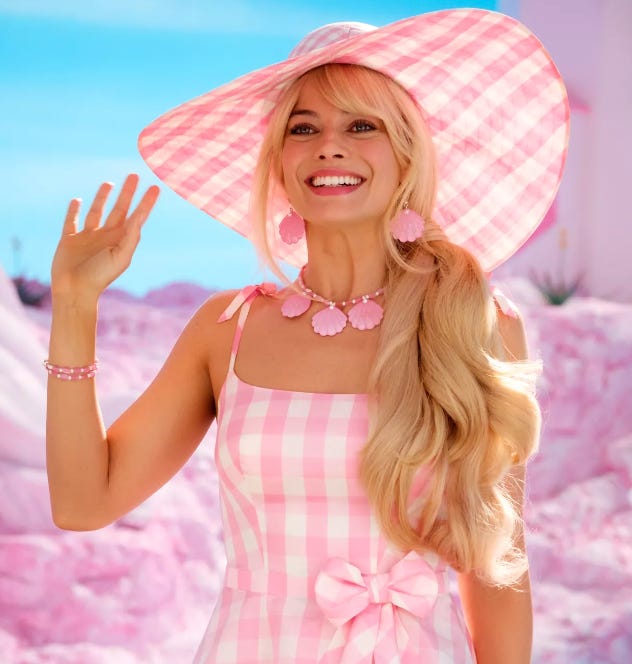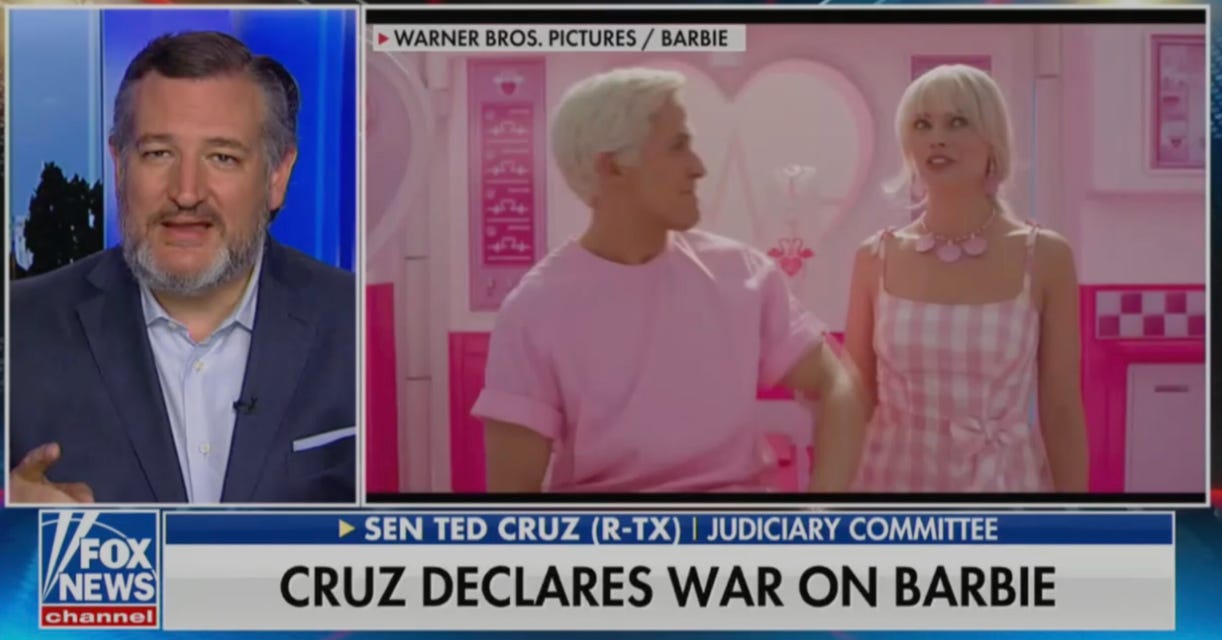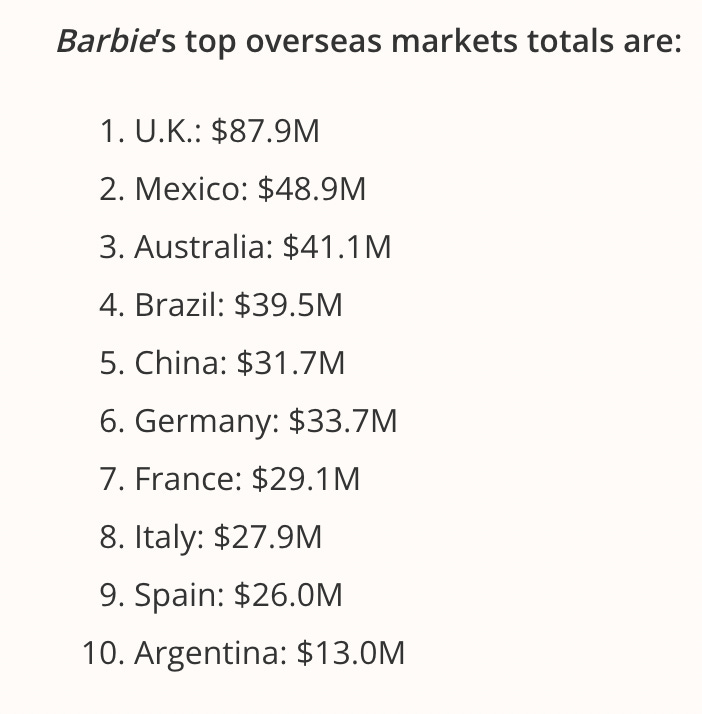

Go woke and go broke. Like most rhyming aphorisms its value lies more in punchiness than truthfulness. Who really ever does the crime because they’ve calculated that they can do the time? Is it the same demographic who honestly believes soap is best stored on a rope?
But it is true that a spate of socially conscious programming has been foisted on the American public at the same time that the gatekeepers who have done the foisting have lost audience. Theater, streaming TV, and even sports programming have suffered from financial and viewership losses concurrent with an increase in socially conscious programming. Of course correlation isn’t necessarily causation, except when it is and the strength or weakness of any individual piece of art is multi-causal.
And why wouldn’t going woke have financial consequences? Programming that aims to Go Woke and Actually Increase Profits, though portrayed as simply the next evolutionary advancement, is actually a massive shift in business models. For over a century Hollywood tried to figure out what the public wanted and then created content to satisfy those tastes. A business that fore-fronted social justice themes that that the audience doesn’t realize it has an appetite for calls on a different set of skills, a skill set that pays PBS wages not MCU wages.
She’s Fantastic, Made of Plastic
So how does Barbie, the billion-dollar grossing Greta Gerwig film do anything other than totally rebut the go woke and go broke (GWGB) thesis? The record-setting movie is, axiomatically, extremely popular with the masses even as it calls out the patriarchy, matter-of-factly features a trans actresses as a Barbie, decries corporatism, upholds allyship, lampoons toxic masculinity, and features Lawyer Barbie opining in court that combining logic and emotions doesn’t diminish her powers but rather expands them. Lawyer Barbie, by the way, is portrayed by an actress of a size that the actual, real-world, non Gerwig-imagined Mattel company has thus far not allowed to exist. Here is a typical Hollywood blockbuster style rallying cry, taken directly from a movie that occupies a spot only slightly above Barbie on the list of all-time box office successes:
“And I fear nothing. For all is as the Force wills it.” [attacks stormtroopers]
And here is the equivalent “get-pumped” line from Barbie:
“Giving a voice to the cognitive dissonance required to being a woman under the patriarchy robbed it of its power!”
She’s Offensive, to the Culturally Apprehensive
Barbie, while woke, works. GWGB thesis challenged. But then there’s Dylan Mulvaney. Much like Barbie, a kind of cartoonish version of a female, Mulvaney was the recipient of a tiny slice of Anheuser-Busch’s marketing budget, and then everything went to hell. Conservative commentators and celebrities, from Ben Shaprio to Kid Rock were appalled. A boycott took hold. Anheuser-Busch sales in North America declined by almost $400 million in Q2 of 2023 compared to the year prior. BUD stock declined, distributers poured resources into brand rehabilitation, and the marketing executive responsible for giving one minor social media figure a can of beer with her face on it was put on ice. Uh-oh. Looks like the GWGB thesis might have some credence after all.
The Conflicting Data Points of Dylan Mulvaney and Barbara Millicent Roberts1
It’s always a challenge to hold two competing ideas in the same head at the same time. I’m working on the rhyming aphorism for with this the best I can come up with: It is a challenge to a person’s sapience; to hold conflicting ideas simultaneous.
But as I ponder how a single country can at the same time throw money at Barbie and withhold it from Bud Light, I’ve come up with a few explanations.
People want to enjoy things. Barbie is genuinely enjoyable to tens of millions of people, it doesn’t scan as an assignment or a lecture. And the backlash to Mulvaney made a preferred beer unenjoyable, because with light beer taste is mostly a mental process.
Fungible goods are MUCH more vulnerable to boycott than unique offerings. Most light beers are interchangeable, and what differentiators there are lie mostly in the realm of emotional associations.
Barbie contains multitudes beyond her more explicit social justice/ feminist messaging. It’s visually inventive, nostalgia inducing, populated with a few of the most charismatic human beings on the planet, and funny. Even Ben Shapiro concedes that the feet jokes work.
Influential influencers have influence. Dylan Mulvaney is described as an influencer. What’s her base of influence? She has ten million followers on Tik-Tok. Opposing her endorsement were the combined reach of almost every conservative radio host, podcaster, Youtuber, and Bawitaba composer. On the Barbie side you had the marketing muscle of Warner Brothers, said to have spent $150 million on marketing Barbie and muted or conflicting opposition within the right.
The conservative opposition to Barbie, such as it was, focussed on the wrong (meaning least-likely to gain traction) aspects of the movie. A cartoonishly dotted line on an inaccurately rendered child-drawn map supposedly was meant to placate China. Bud Light=Trans is an easy message to understand. Barbie=Communist is a more muddled message, especially when the entire enterprise is such a clear paean to capitalism.
Barbie’s success was a coalition movement, Bud Light’s failing was small-tent. Of the hundred million or so people world wide who’ve seen Barbie how many even realized, going-in, that they would encounter much social messaging? In how many of these top overseas markets would any of that messaging have meaning or value?
Contrast this to Bud Light’s entirely domestic sales decline. The brand was vulnerable to a social backlash generated within one subculture, and had no countervailing force to rush to its defense.
Barbie not only contradicts the GWGB thesis, it demonstrates that a socially conscious message can boost commercial prospects when folded into a product that has other selling points. If anything the progressive content of Barbie was useful in assuaging the portion of the audience ready to write it off as a piece of hour-and-a-half-long commercial fluff. The many movies fitting that description that succeed in the marketplace do so despite critical disapproval. But Barbie has been helped by its reviews, and the overwhelmingly positive reception of Barbie among critics owes at least some debt to the fact that the message of the movie aligns with the general world-view of the critics.
Even if every studio totally bought the premise laid out here, it’s unclear how much would change. It’s very hard to make such a well-liked film. But marketers of consumer products will heed the lessons of Bud Light. That lesson, precisely stated is is not go woke and go broke. Nor is it avoid woke or else choke. Woke, as flawed a descriptor as it is, describes an awareness of what’s really going on. The communicators behind Barbie spent a lot of time and attention getting their message right, whereas the ones who gave Dylan Mulvaney a bit of advertising swag were, not woke, they were sleep walking. Their punishment has been outsized and unfair, but no one said beer marketing or much of anything in this world is fair. For fairness and comity you might be thinking of the pink-hued paradise where everyday is perfect and there is no background anger ready to furiously lash out at foolish mistakes.






I found Barbie to be a confusing mix of messages wrapped in a well-designed package. Who can resist Margot Robbie and Ryan Gosling cosplaying some of the most iconic toys in America? The cultural and commercial mythos alone seemed to presage success. Add some excellent actors, sets, and costuming and wait for the money to come in. Is it woke? I don’t know, but it’s capitalist AF.
It seems a mistake to me to categorise Barbie as woke. While the message is undoubtedly a feminist one, the film can easily be interpreted - without stretching credulity - as a lampoon of the more excessive or nonsensical aspects of the movement.
Feminism alone is not enough to make it woke.